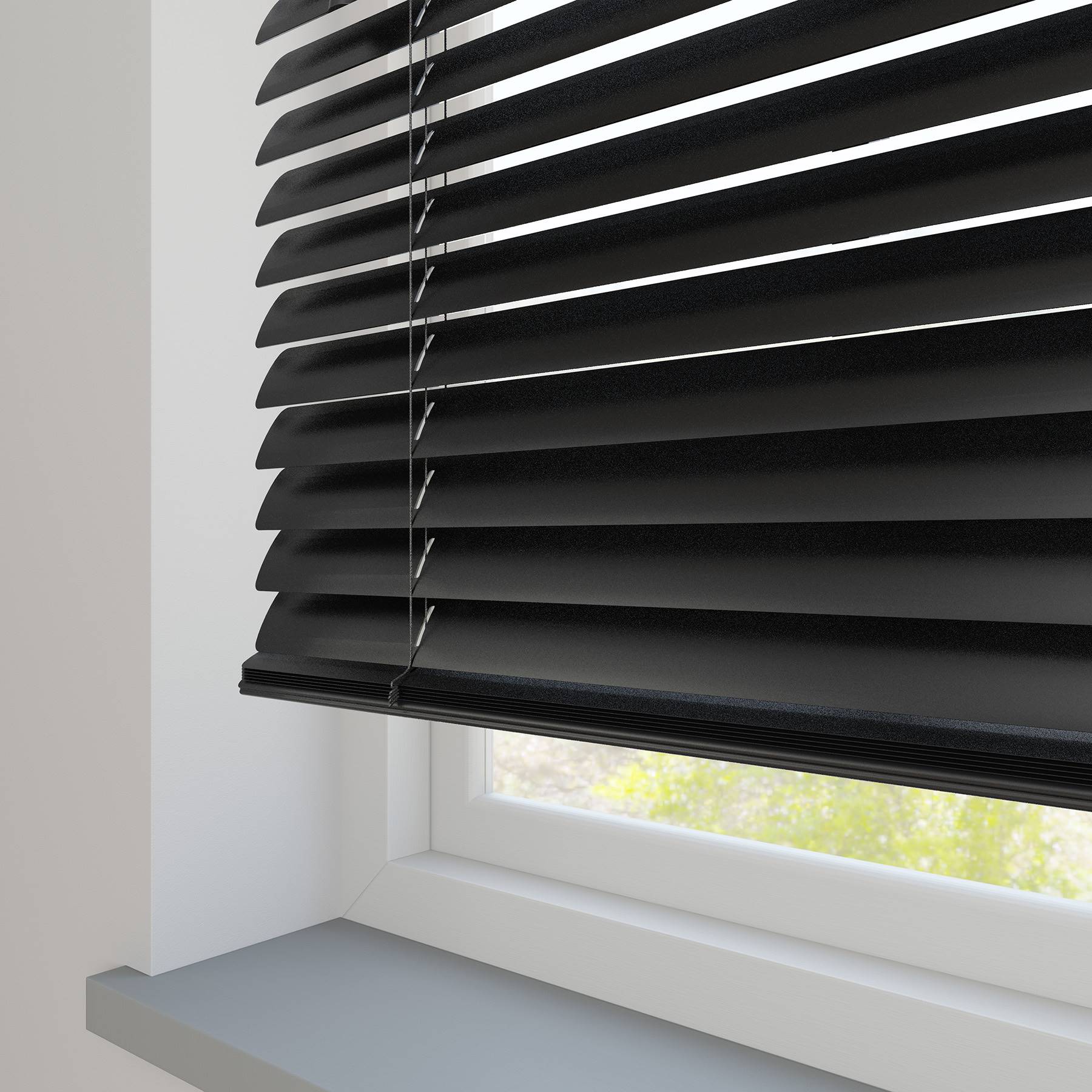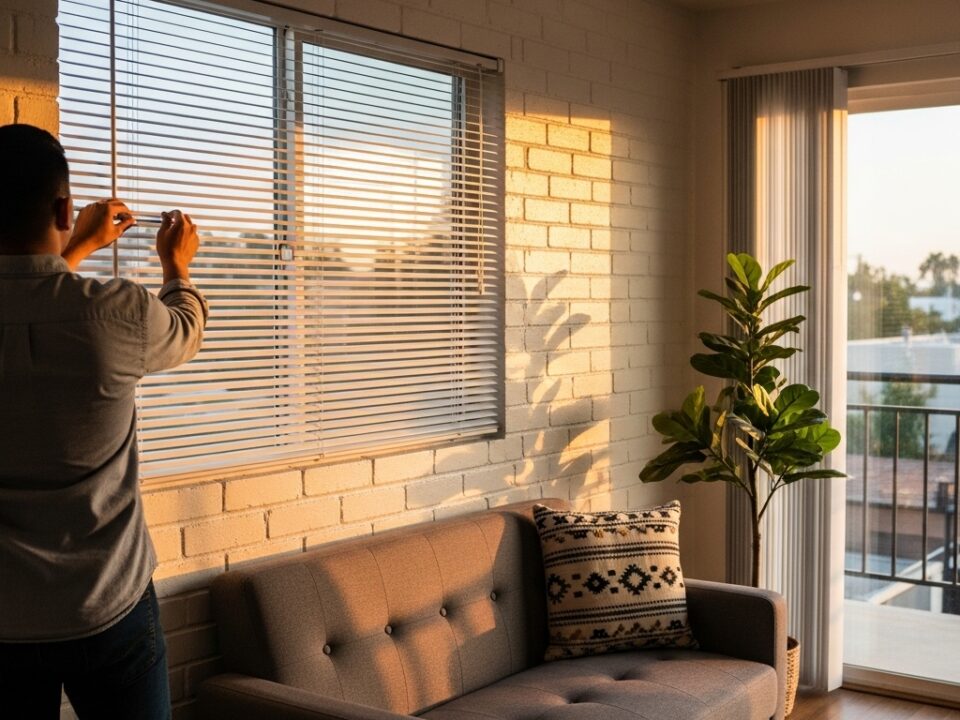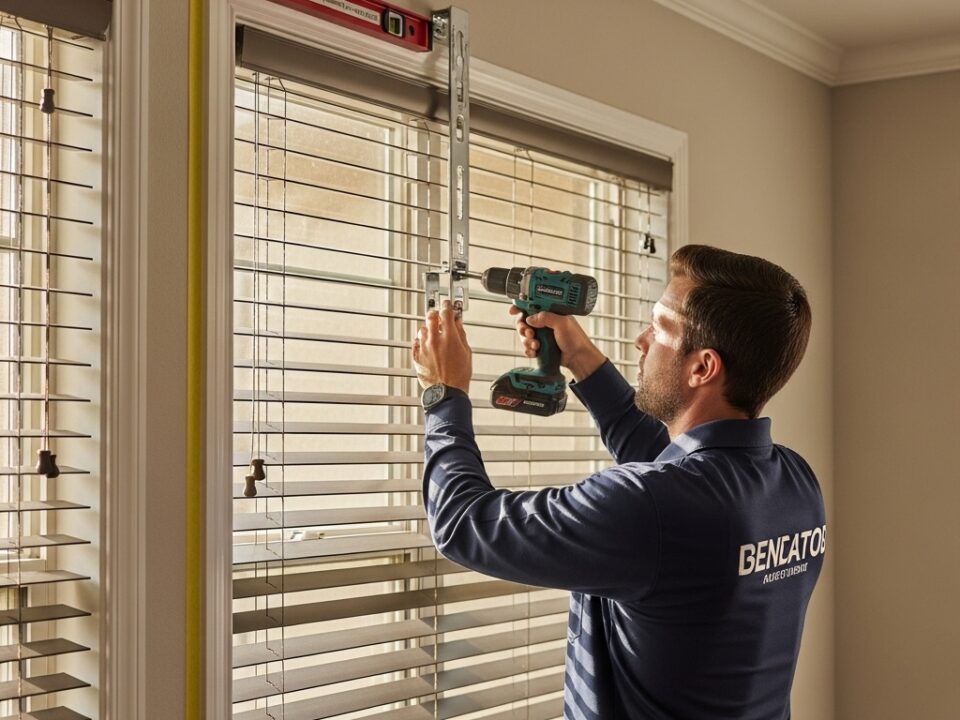Should I Choose Faux Wood or Wood Blinds for My Home?
November 8, 2022
Aluminium Blinds vs Vinyl Blinds
November 8, 2022Blinds make a stylish statement on any window. And choosing between the different styles of blinds usually depends on the size and style of the window and the design of the room. But for the ideal endurance, the material they’re made out of is very important. The two popular materials you’ll see the most while shopping are aluminum and wood, and we happen to have all the details to help you decide which one is best for you.
Aluminum Blinds
Pros
Style
Aluminum blinds come in many different styles and colors, as well as finishes. You can choose from neutral tones with a flat finish or bright-colored blinds with a glossy finish, and other similar combinations that go with just about any décor style.
Privacy & Light Blockage
Aluminum blinds provide some privacy when closed but may show shadows and silhouettes within a lighted room. Many aluminum blinds come with a no-holes feature with the ladder holes located at the top of the blind slat. When the blinds are closed, the bottom of each slat covers the holes of the slat below it, blocking light from the room.
Water Resistant
A major advantage of aluminum blinds is that they’re resistant to water and moisture. This makes them a good choice for humid spaces like kitchens and bathrooms.
Durable and Affordable
Aluminum blinds can be very durable, especially if you purchase blinds of good quality, like Hunter Douglas. Aluminum blinds are some of the most cost-effective window treatments on the market—a definite plus if you need to cover your windows on a budget.
Cons
Despite their price and trendy upgrades, aluminum blinds do have their drawbacks. Because they’re metal, they can be noisy at the window. They also offer nothing in the way of “softening” a window the way a fabric shade can. While Hunter Douglas treats their blinds to repel dust, not every brand does the same; they do tend to collect dust over time, which is most noticeable on the darker colors.
Aluminium Blinds vs Vinyl Blinds



